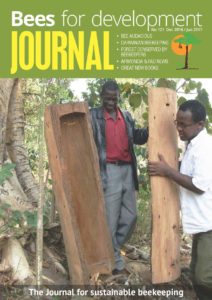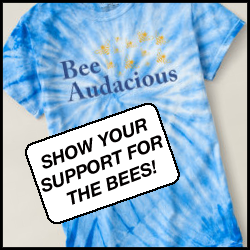Audacious Idea Two: A new model for funding and conducting bee research
AUDACIOUS IDEA TWO
J.L. FRAZIER
I would like to suggest that we develop a new model for funding and conducting bee research that will result in increased efficiency of funding and enhancing the impacts of results on public understanding and policy. The federal funding of  academic research has become so burdensome that researchers have too little time to actually spend on the conduct of research. I would suggest the BBSRC model of research funding (http://www.bbsrc.ac.uk/documents/grants-guide/) as a departure point for discussion that offers improvements in overall efficiency; a limit of 8 pages maximum for the project description, suggested reviewers by the Principle Investigator, reviewers comments returned to the PI to respond to them, and then all comments to the grant panel for evaluation. This process thus reduces the time to write and review proposals, and prevents misunderstood reviewers comments from having undue influence in the panel evaluation process.
academic research has become so burdensome that researchers have too little time to actually spend on the conduct of research. I would suggest the BBSRC model of research funding (http://www.bbsrc.ac.uk/documents/grants-guide/) as a departure point for discussion that offers improvements in overall efficiency; a limit of 8 pages maximum for the project description, suggested reviewers by the Principle Investigator, reviewers comments returned to the PI to respond to them, and then all comments to the grant panel for evaluation. This process thus reduces the time to write and review proposals, and prevents misunderstood reviewers comments from having undue influence in the panel evaluation process.
In his classic book, TOXIC EXPOSURES, (http://cup.columbia.edu/book/toxic-exposures/9780231129480) Phil Brown argues that the public understanding and following policy impacts of a scientific issue are reliant mostly on the personal experiences of people with the issue rather than a plethora of science results, thus I propose we involve citizen science volunteers into our routine research efforts as one possible solution. This would reduce personnel costs, while giving highly motivated volunteers the opportunity to learn from experience the significance and demands of research. The current public policy response to the annual downturn of 30-45% of honey bees, the 3rd most important animal in the US food system, belies the critical nature of the problem as well as its importance in sustaining our food supply. Bee researchers need to be involved in changing this scenario.
Get your tickets – help the bees.




